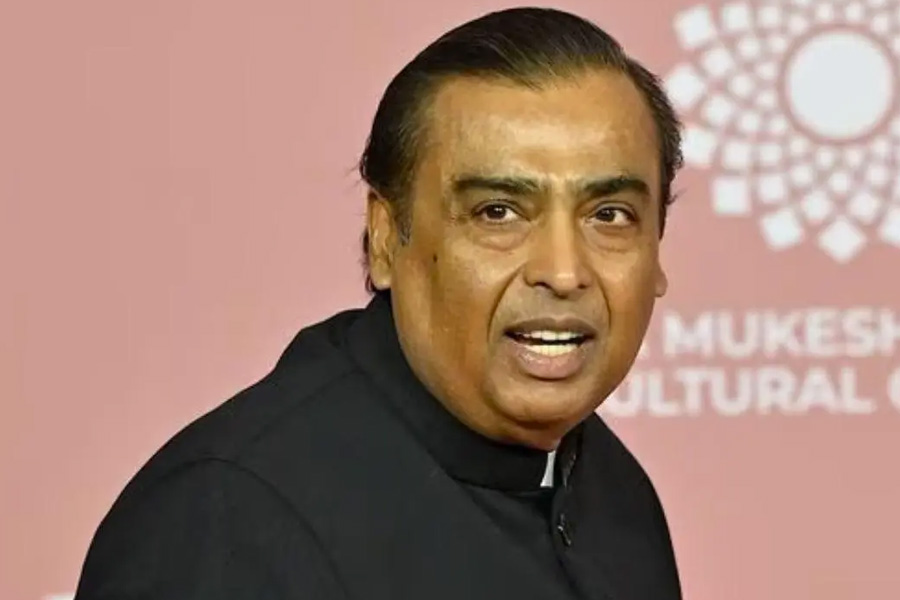Doing business in India has always been fraught with risk. Foreign investors have discovered to their dismay that capricious policy-making, regulatory overreach, and a weak legal system that makes it hard to enforce contracts can seriously imperil the success of any business venture. But now, there is a bigger worry that saps confidence in the Indian story: the deliberate move by the authorities to subvert competition in large swathes of Indian industry and cherry-pick winners in each sector. In March, the former Reserve Bank of India deputy-governor, Viral Acharya, published a paper that said a conscious industry policy of creating national champions through preferential allocation of projects had led to the concentration of power in the so-called Big 5. These conglomerates — Reliance Group, the Tatas, Aditya Birla Group, the Adanis, and Sunil Mittal-owned Bharti Telecom — have a hammerlock in areas like civil engineering, metals, non-metal minerals, chemicals, petroleum and wood products, retail trade and telecom. For the first time, the study throws up a set of alarming statistics to buttress popular suspicions about the rise of crony capitalism. The shift in the power balance really begins from around 2015-16, the early years in the Narendra Modi regime. By sales, the share of the Big 5 rose from 31% in 2016 to 42% in 2021 in civil engineering and construction, from 65% to 84% in telecommunications, and from 44% to 65% in retail trade. By assets, the share of the Big 5 leapt to 90% in the manufacturing of refined petroleum and coke and 68% in the manufacture of basic metals.
The Big 5 have widened their footprint and now straddle 40 non-financial sectors. They have started to nibble their way into other areas: airports, seaports, electricity distribution, city gas distribution, renewable energy and even train ticketing. They have not only grown their businesses but also smothered competition, giving them a lot of heft in terms of pricing power. This has also led to egregious trade practices, such as cartelisation in cement prices. The consumer is now at the mercy of these giants: airline ticket prices have surged as rival airlines struggle to stay afloat; telecom tariffs are set to rise with the introduction of 5G services and the absence of competition. There is only one way to correct the situation: break up the conglomerates using trust-busting measures. Will this regime — or the next — display the resolve to check such rampant expansionism that trammels public interest?










